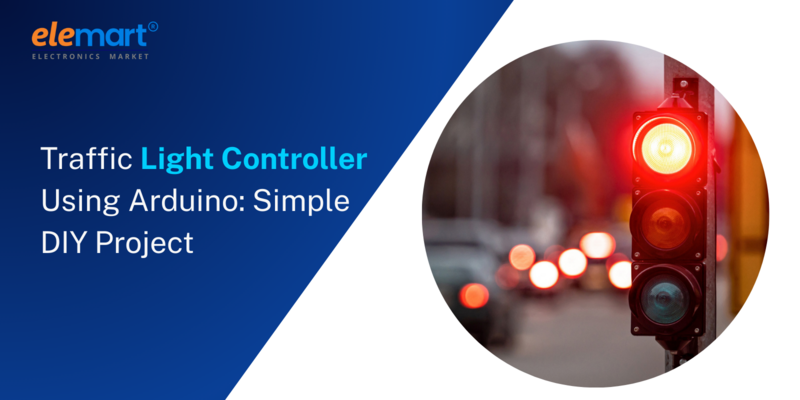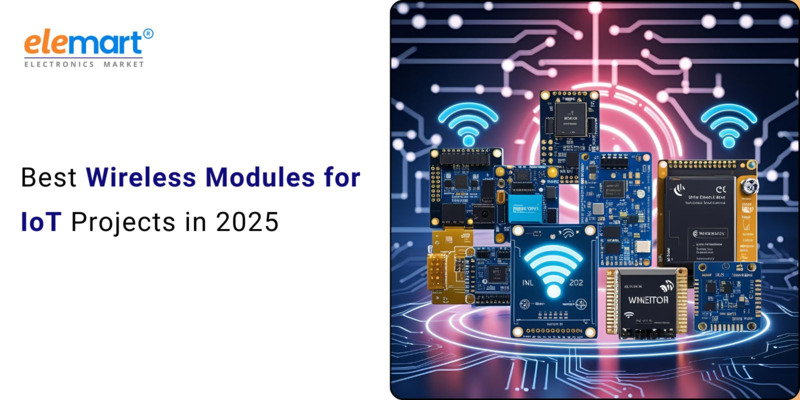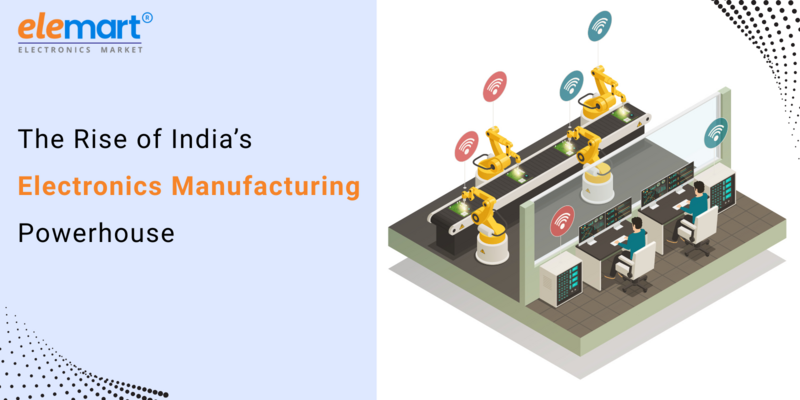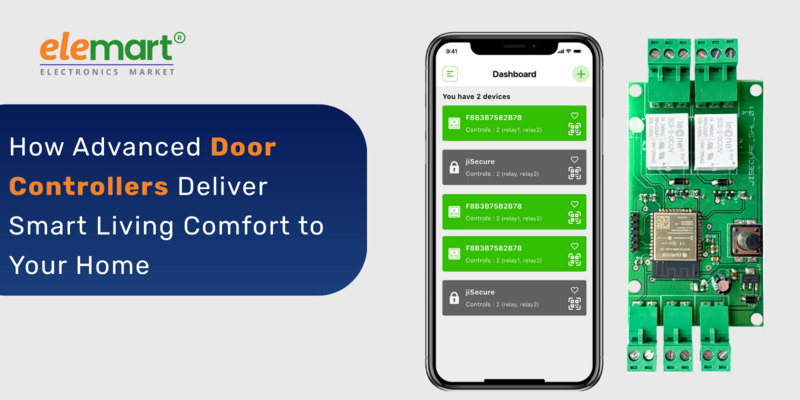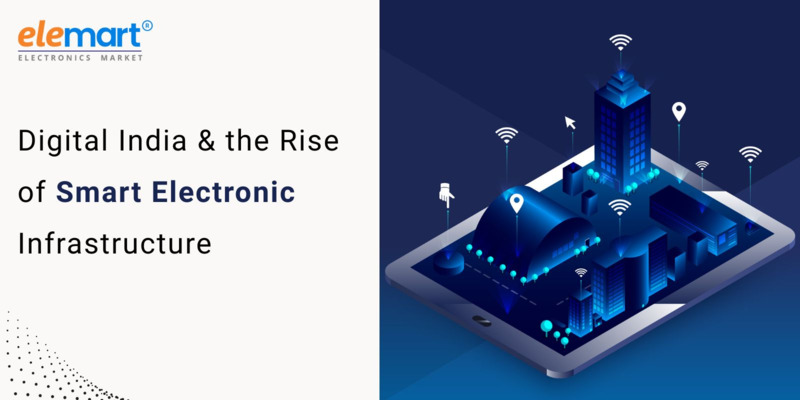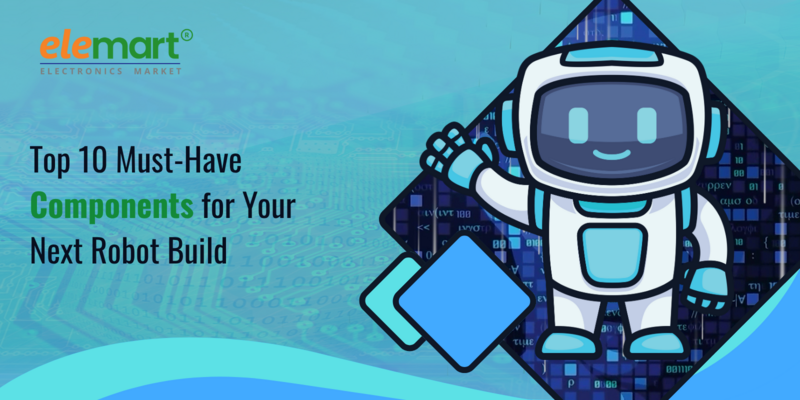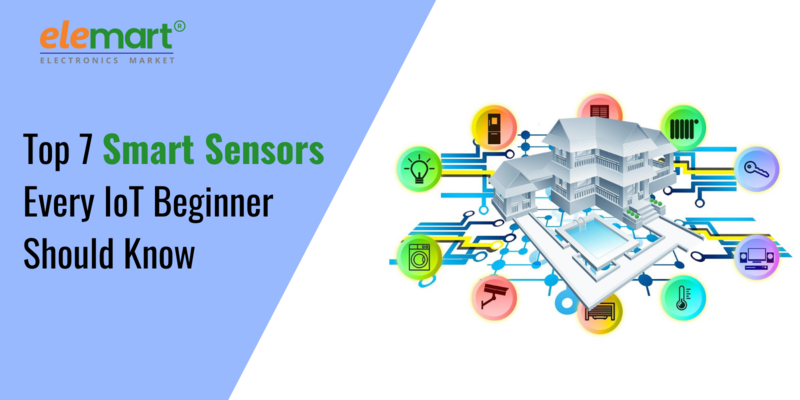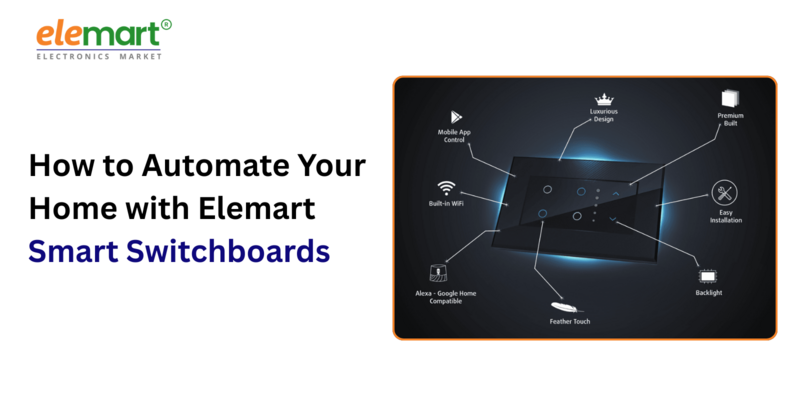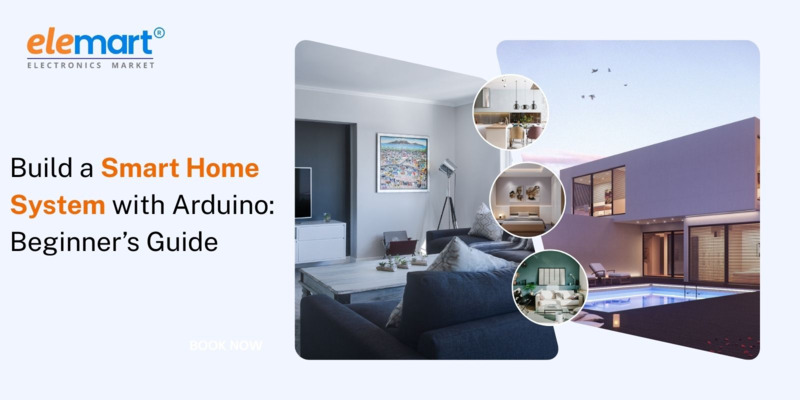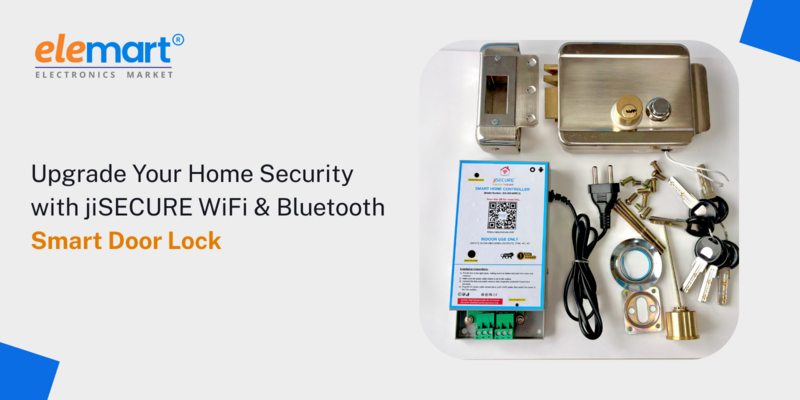- Jun 09, 2025
- Smart Home
- 333
Share this post on:
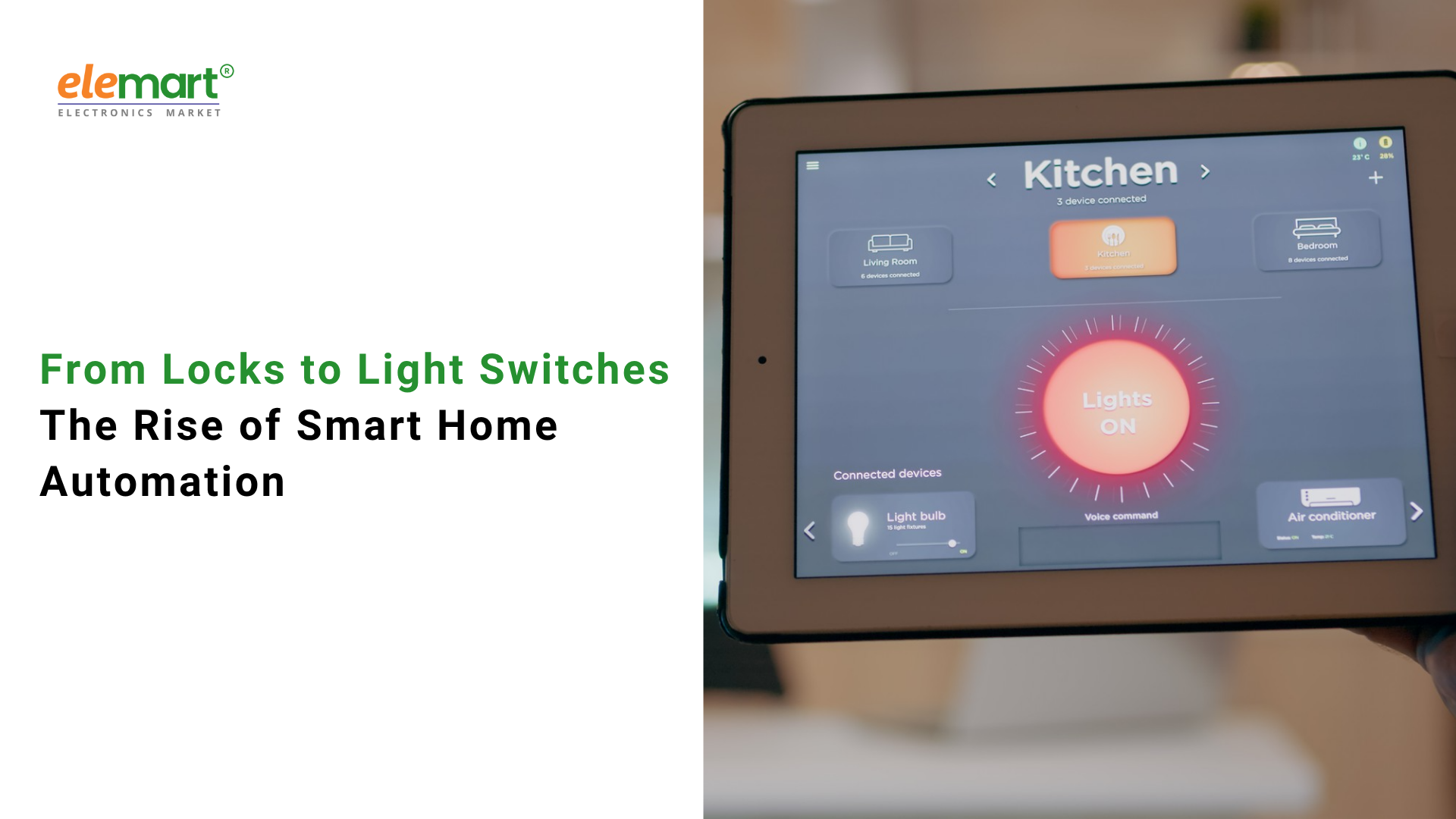
For decades, the concept of a "smart home" felt like something straight out of a science fiction movie. Picture talking to your house, and it responding – adjusting the temperature, dimming the lights, playing your favorite music, and securing your property. While that future isn’t entirely here yet, the reality of smart home automation has dramatically accelerated in recent years, transforming from a niche interest for tech enthusiasts into a mainstream trend rapidly changing how we live. This isn’t just about fancy gadgets; it’s about convenience, efficiency, security, and a deeper connection to the spaces we inhabit. Let's explore the fascinating rise of smart home automation – from its humble beginnings to the exciting possibilities that lie ahead.
A Brief History: The Seeds of Smart Living
The idea of automated homes isn't entirely new. Its roots stretch back further than many realize.
- The Early Days (1970s-1990s): The first inklings of home automation began in the 1970s with early examples of programmable thermostats and basic security systems. X10, a communication protocol allowing devices to be controlled via radio signals, emerged in the 1980s, representing a significant, albeit limited, step towards interconnectedness. However, X10 systems were often unreliable and lacked the sophistication of modern smart home technology.
- The Dot-Com Boom & Early Wireless: The late 1990s and early 2000s saw increased interest, fueled by the dot-com boom and the advent of wireless technologies. While systems were still expensive and complex, they began to offer more functionality, with basic control of lighting and appliances. The widespread adoption of Wi-Fi started to lay the groundwork for future connected devices.
- The Smartphone Revolution (2007-2010s): The launch of the iPhone in 2007 was a watershed moment. Suddenly, powerful computing devices were readily accessible, and apps became the dominant way to interact with technology. This made remote control and automation significantly more user-friendly. Companies like Apple, Google, and Amazon started to recognize the potential of the smart home market.
- The Rise of Voice Assistants (2014-Present): The introduction of Amazon Echo (and Alexa) in 2014, followed by Google Home (and Assistant) and Apple HomePod, completely transformed the landscape. Voice control provided a natural and intuitive way to interact with smart home devices, removing a significant barrier to entry for mainstream adoption.
The Current Landscape: What's Available Now?
Today's smart home market is sprawling and diverse. Here's a breakdown of common categories:
- Lighting: Smart bulbs (like Philips Hue, LIFX) and smart switches allow for remote control, dimming, color customization, and scheduling. They can even be integrated with motion sensors for automated lighting.
- Security: Smart door locks (August, Schlage), security cameras (Ring, Nest, Arlo), and alarm systems provide enhanced security and remote monitoring capabilities. Facial recognition and package detection are becoming increasingly common features.
- Climate Control: Smart thermostats (Nest, Ecobee) learn your habits and automatically adjust the temperature to optimize comfort and energy efficiency. Smart air conditioners and fans can also be integrated.
- Entertainment: Smart TVs, streaming devices (Roku, Apple TV), and multi-room audio systems (Sonos) provide seamless entertainment experiences.
- Appliances: Smart refrigerators, ovens, washing machines, and dryers offer convenience, energy savings, and advanced features like remote monitoring and recipe integration.
- Voice Assistants & Hubs: Amazon Alexa, Google Assistant, and Apple's HomeKit are the central nervous systems of many smart homes, allowing voice control and integration of various devices. Smart home hubs act as bridges between devices that use different communication protocols (Wi-Fi, Zigbee, Z-Wave).
- Sensors: A wide array of sensors – motion, temperature, humidity, leak detection, door/window – provide data that drives automation and alerts.
The Benefits: Why Embrace Smart Home Automation?
The appeal of smart home automation extends far beyond novelty. The benefits are tangible and impactful.
- Convenience: Imagine pre-heating your oven on your commute home or automatically adjusting your thermostat based on the weather forecast. Smart home devices simplify daily tasks and free up your time.
- Energy Efficiency: Smart thermostats and lighting systems optimize energy consumption, reducing your utility bills and minimizing your environmental impact.
- Enhanced Security: Remote monitoring, smart locks, and automated alerts provide peace of mind and deter potential threats.
- Increased Comfort: Tailor your home environment to your exact preferences – from lighting and temperature to music and entertainment.
- Accessibility: Smart home technology can be particularly beneficial for individuals with disabilities or mobility issues, providing greater independence and control.
- Property Value: A well-integrated smart home can increase the value of your property, making it more attractive to potential buyers.
Challenges and Considerations:
Despite the many advantages, embracing smart home automation isn’t without its challenges.
- Cost: While prices have come down, initial setup costs can still be a barrier for some. A full-scale smart home can be a significant investment.
- Complexity: Integrating different devices from various manufacturers can be complex and require technical expertise. Interoperability issues can arise.
- Security & Privacy Concerns: Smart home devices collect data about your habits and routines, raising concerns about privacy and security. Vulnerabilities in devices can be exploited by hackers. Strong passwords, regular software updates, and careful consideration of device permissions are crucial.
- Reliability & Connectivity: Smart home devices rely on a stable internet connection. Power outages can disrupt functionality. Many devices depend on cloud services, which can be affected by outages or service disruptions.
- Compatibility: Not all devices work seamlessly together. Choosing devices that are compatible with your preferred platform (e.g., Apple HomeKit, Google Assistant, Amazon Alexa) is essential.
- The "Gadget Trap": It's easy to get caught up in the novelty of new devices and end up with a cluttered, inefficient system. Careful planning and a clear vision for your smart home are key.
The Future of Smart Home Automation: What's on the Horizon?
The smart home revolution is far from over. Emerging technologies are poised to transform the way we interact with our homes in the years to come.
- Artificial Intelligence (AI) & Machine Learning: AI will play an increasingly important role in personalizing the smart home experience, learning your preferences and automating tasks based on your behavior. Predictive maintenance of appliances will become more common.
- Matter Protocol: This new, open-source standard aims to improve interoperability between devices from different manufacturers, simplifying setup and expanding compatibility. It is intended to be a unifying force in the fragmented smart home market.
- Edge Computing: Processing data locally on devices, rather than relying on the cloud, will improve responsiveness, enhance privacy, and reduce reliance on internet connectivity.
- 5G Connectivity: Faster and more reliable internet connections will enable new smart home applications that require high bandwidth and low latency.
- Health & Wellness Integration: Smart home technology will increasingly be integrated with health and wellness devices, monitoring vital signs, tracking sleep patterns, and providing personalized health recommendations.
- Energy Management & Sustainability: Smart homes will play a crucial role in promoting energy efficiency and sustainability, optimizing energy consumption, and integrating renewable energy sources.
- Robotics: Robotic vacuum cleaners are already common, but we can expect to see more advanced robots performing a wider range of tasks, from lawn care to home security.
- Augmented Reality (AR) integration: Imagine using AR to visualize smart home controls overlaid on your environment.
Conclusion: A Smarter Future is Within Reach
The journey from basic programmable thermostats to sophisticated, interconnected smart homes has been remarkable. While challenges remain, the benefits of smart home automation are undeniable. As technology continues to evolve and become more accessible, the vision of a truly intelligent, responsive, and personalized home is becoming a tangible reality. The rise of smart home automation isn’t just about convenience; it’s about creating a more comfortable, efficient, secure, and sustainable way of living – and it’s a journey that promises to shape the future of our homes and our lives. Are you ready to unlock the potential of a smarter home? Contact us today to learn more.
